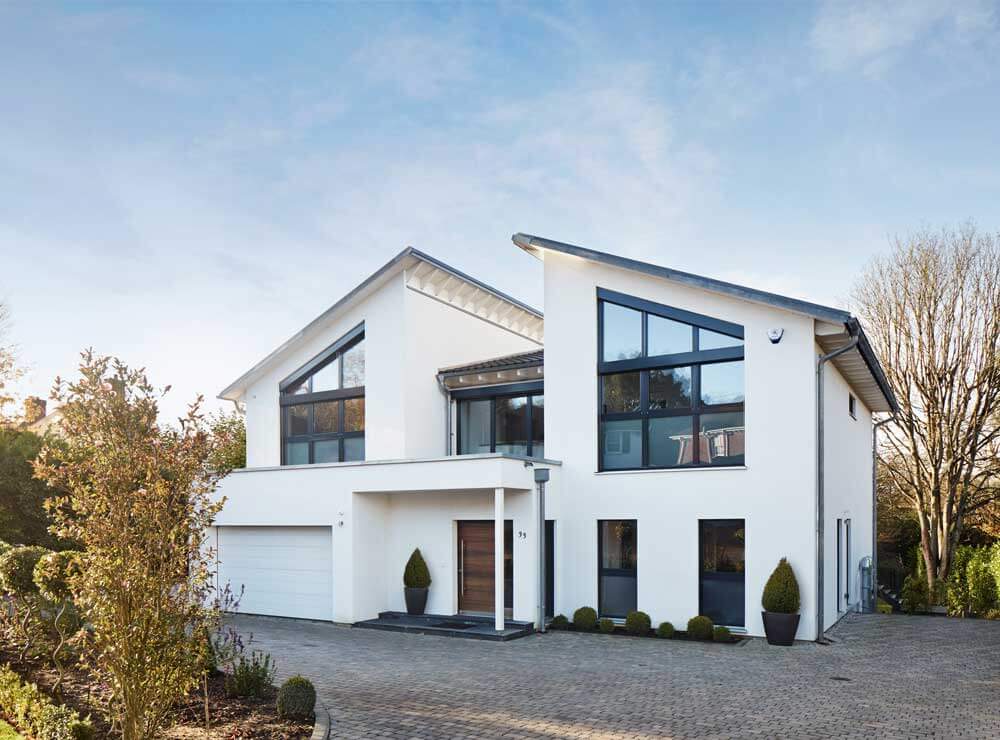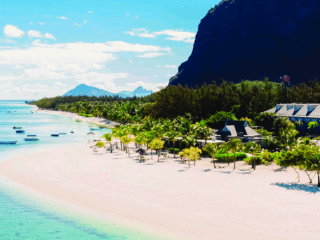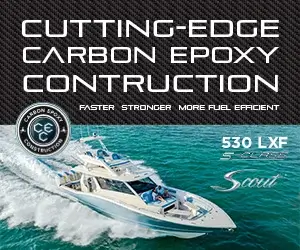
Living in a Green House: How Baufritz aims to deliver healthy sustainable carbon positive buildings
28.01.19The introduction of the Code for Sustainable Homes in December 2006 signified a huge step forward for the UK building industry. At Baufritz we know that there is so much more to eco house building and it goes way beyond just reducing carbon emissions relating to the running of the house once it is built.
Baufritz takes a holistic approach to eco building, with investment and research into the development of healthy and ecological homes. Since the 1970s we have aimed to reduce carbon emissions from the very beginning of the manufacturing process. As a result, we have been building carbon positive homes for 15 years. That means living in a carbon positive Baufritz house, which locks away more CO2 than is emitted during manufacture, transportation and construction. We can achieve this because timber is our primary building material. Timber is able to store vast amounts of carbon dioxide, which is absorbed from the atmosphere during photosynthesis while the tree is still alive. This CO2 would normally be released into the atmosphere when the tree dies and rots or if it is burnt. With Baufritz it remains captured in the fabric of the building. Also, it has been proved that off-site prefabrication minimises the amount of waste materials compared with traditional building methods.
The carbon balance in an average Baufritz house is approximately 50 tonnes positive. This means that if the house is run efficiently using, for example, a combination of gas and solar power, the house will take around 78 years to reach the carbon neutral stage.
But how does a Baufritz carbon positive house compare to a net zero carbon house? The definition of net zero carbon in this instance focuses largely on the running costs of the house once built and places minimal emphasis on the amount of embodied energy already in the building which has the most significant impact on the environment. At Baufritz our carbon positive homes take into account the additional carbon emissions generated during manufacture, construction and transport which is a more realistic view. Equally a carbon positive house is not necessarily a carbon zero house unless the customer invests in the necessary systems required to achieve this.
To achieve zero net carbon status, there is usually a need to rely on emerging technology such as photovoltaic power, wind power and microgeneration. Not only will the cost of these technologies push up the price for the consumer but as yet their efficiency and durability in the long term has not been adequately tested. This over reliance on technology means that should any failure occur in a net carbon zero compliant building then it would immediately become carbon negative, hence the need to create a positive carbon balance in the first place to allow for the odd inevitable breakdown. This makes it all the more important to focus on the ecological performance of the building envelope (walls and roof) itself rather than placing the emphasis solely on add-on technology in achieving an ecological home.
Healthy living starts at home. Baufritz firmly believes that a house should offer its occupants more than just a roof over their heads. It should protect the residents from external influences that may have adverse effects on their wellbeing. It should also provide comfort, luxury and an abundance of natural materials and a healthy internal climate.
As one of Germany’s first companies to produce off-site manufactured timber houses, Baufritz has focused intensively upon the idea of “healthy-living homes”. Today all its homes are built entirely from bio-constructive, efficient and natural materials.
Baufritz uses non-chemically treated building materials, natural products and building methods that ensure good ventilation and protection from harmful electromagnetic radiation to provide a better quality of day to day living. Baufritz makes regular checks for radioactivity, formaldehyde, chemical wood preservation methods (use of PCP, Lindane) on all its building products and materials to ensure they are not present. The company exclusively uses pollutant-tested, high-quality and environmentally-friendly construction and insulation materials and components.
Over the years buildings have been constructed so as to increase thermal efficiency through improved air tightness. As a result, there has been a marked increase in people suffering from ‘Sick Building Syndrome’ (SBS). This is caused by a number of factors relating to the interior air quality of the building. Chemical contaminants found in building materials such as treated timber, lacquers, adhesives, polystyrene and mineral wool are all causes. Inadequate ventilation also contributes to SBS. The right choice of materials is important to reduce the amount of toxic emissions in the building. Baufritz uses only natural products in all its houses to ensure the good health of its customers.
The choice of insulation material very much determines the air quality in the building. Baufritz chooses not to use insulation material made from artificial mineral fibres, as these fibres are bound together by the use of a resin containing Formaldehyde, which can affect the air quality. Baufritz uses its own patented insulation material, Hoiz S45. This is made from wood shavings, sprayed with whey and soda to make them fire, fungus and pest resistant. Hoiz S45 is certified by European building authorities and Natureplus. Baufritz was also the first homebuilder to build a house in accordance with guidelines from the German Institute for the Environment and Health.
Good ventilation is also essential. Modern construction methods often use materials that are non-permeable, e.g. plastic membranes, which prevent the extraction of condensation created within the house. As a result, these buildings very often suffer from high levels of humidity, mould and fungi and therefore a reduced air quality. Baufritz uses a permeable (breathable) wall construction that extracts condensation quicker than it is created. The construction therefore remains at the right moisture level which improves the durability and lifespan of the construction and guarantees the right air quality inside the house. Since dust-mites cannot survive below 55% humidity, this can help people who are allergic to dust.
All these ‘healthy’ elements of Baufritz houses have been jointly developed with doctors and building biologists to enhance the occupants’ wellbeing. These innovations teamed with room planning based on feel good criteria such as light, warmth, climate and atmosphere make for an extremely harmonious living environment.
Abode Affiliates
COPYRIGHT © Abode2 2012-2024





















































































































































































































